
 |
|
|
#1 |
|
Member
Join Date: Jun 2006
Posts: 161
|
This piece is obviously iron, but I'd like to know if it is wrought iron or cast iron. I don't think these were being made from cast iron during the period I think this is from (early 16th C.,) but someone kindly help me out here. Please tell me where this would have been mounted, with the very long swivel piece, perforated at the end.
Dimensions: Length of barrel: 34 3/4 in. Length of swivel mounting piece: 17.5 in. Bore: 1.24 in. Weight: 31 lbs. Thanks! 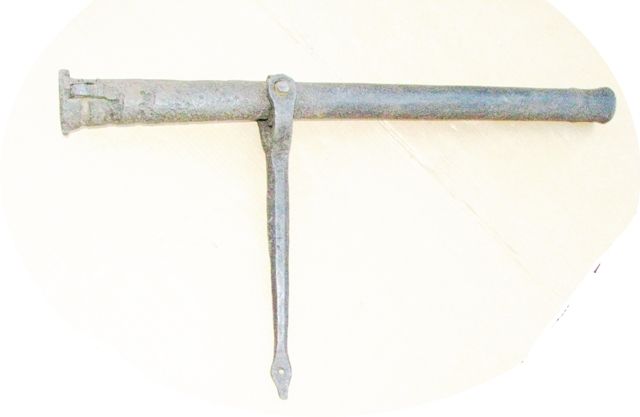  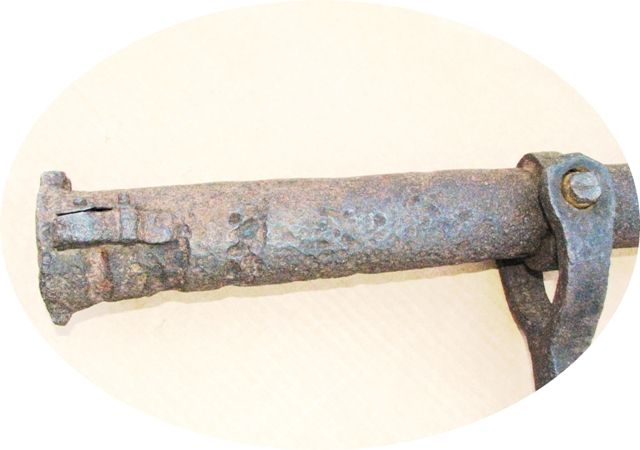   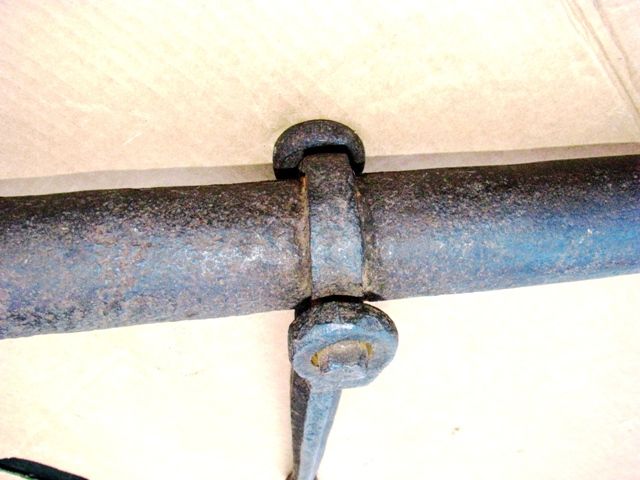
|
|
|

|
|
|
#2 |
|
Member
Join Date: Jun 2006
Posts: 161
|
 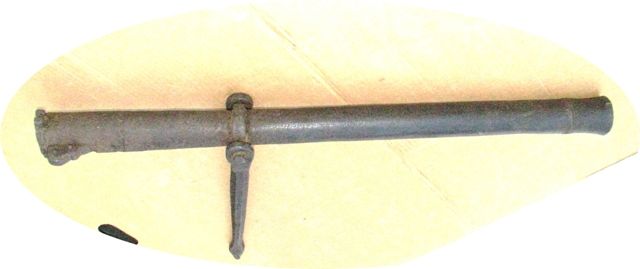   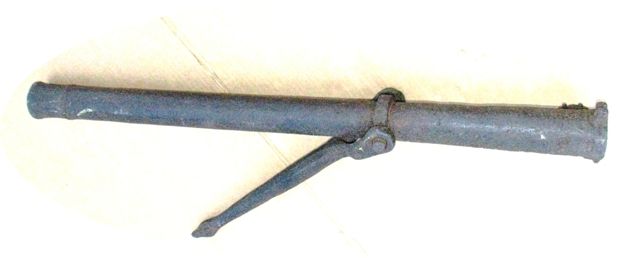
|
|
|

|
|
|
#3 |
|
(deceased)
Join Date: Dec 2004
Location: Portugal
Posts: 9,694
|
Strange
 . .Some parts look cast and others look wrought ... like the swivel. Michl ? |
|
|

|
|
|
#4 |
|
(deceased)
Join Date: Sep 2008
Location: Bavaria, Germany - the center of 15th and 16th century gunmaking
Posts: 4,310
|
India, 17h/18th c., in the German style of the early 16th c. Identical barrels were used in Indian matchlock muskets (toradar) and wall guns.
m |
|
|

|
|
|
#5 |
|
Member
Join Date: Jun 2006
Posts: 161
|
Thanks Michael, I never would have guessed.
|
|
|

|
|
|
#6 |
|
Member
Join Date: Jun 2006
Posts: 161
|
I should have mentioned that now this one may wind up being a "shooter." I would have to make some kind of shoulder stock for it in order to shoot it, because that is impossible now due to the severe muzzle-heaviness.
|
|
|

|
|
|
#7 |
|
(deceased)
Join Date: Sep 2008
Location: Bavaria, Germany - the center of 15th and 16th century gunmaking
Posts: 4,310
|
John,
I wish to underline the important fact that this Indian barrel is probably earlier than I thought at first, which is really great!  The standing integral backsight, the riveted pan cover and the overall length made me think so. They all closely relate to early-16th c. Italian and German arquebus barrels which were shipped to India and widely copied there for hundreds of years. As far as I can tell, from at leat the 17th c., these barrels considerably extended in length, and by at least mid-18th c. lost their pan covers, with no trace of a possibly former rivet. This might date your barrel to the mid to late 16th c., backing up at the same time 'Nando's briliant observation that the swivel is significantly different, and consequently not originally belonging!  After all I must say I have never seen such an early Indian barrel as yours! Best, Michael |
|
|

|
|
|
#8 |
|
Member
Join Date: Jun 2006
Posts: 161
|
Thanks again Michael, then I will re-adjust my plans and maybe only fire blank loads in it
|
|
|

|
|
|
#9 |
|
(deceased)
Join Date: Dec 2004
Location: Portugal
Posts: 9,694
|
Let me add that i like it, John !
If ever you want to get ride of it, i'll be here to give it a home 
|
|
|

|
 |
|
|